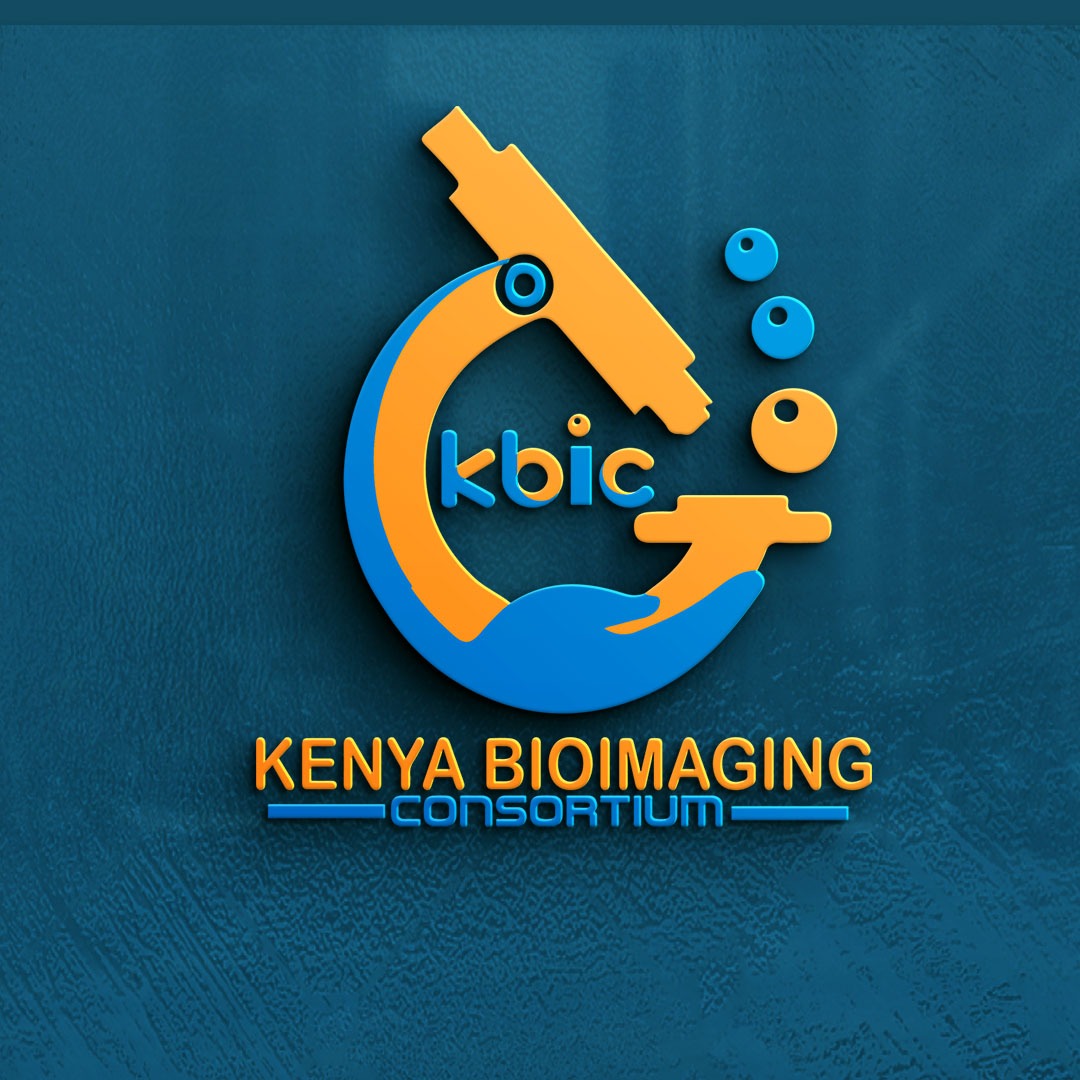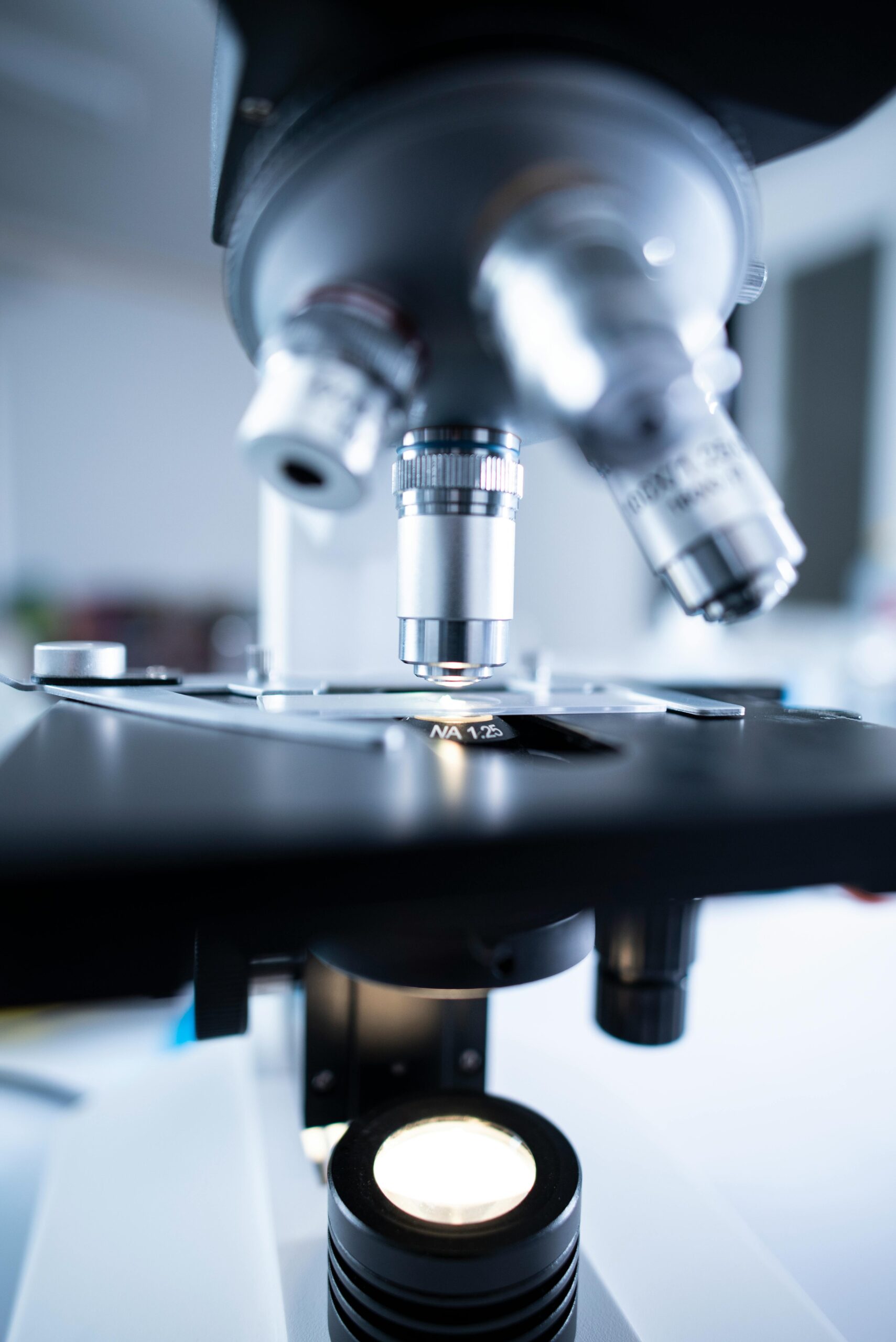Diagnostics with Single Molecule Detection Technology
Imagine being able to detect diseases like cancer or COVID-19 before symptoms even appear — with just a tiny sample, and in minutes. Sounds like something from science fiction, doesn’t it? But thanks to single molecule detection technology, this is quickly becoming a reality.
In this post, we’ll break down this exciting innovation, how it works, why it matters for healthcare, and what the future of diagnostics might look like.
What Is Single Molecule Detection?
Let’s start with the basics. As the name suggests, single molecule detection is the ability to find and measure an individual molecule — like a protein or piece of DNA — from a sample.
Now that might not sound like a big deal, but it’s kind of like finding a specific grain of sand on a beach — while the wind is blowing. Traditional diagnostic tools need a lot of molecules to give an accurate read. That means diseases usually have to progress a bit before we can detect them.
Single molecule technology flips this on its head. It can spot trouble much earlier by detecting one molecule among millions. That means faster decisions, earlier treatments, and — most importantly — better outcomes.
Why Is This Technology a Game-Changer?
Think about how we usually diagnose illnesses. Doctors have to wait for your body to produce enough disease-related signals to be picked up by traditional testing. This often delays getting the right treatment.
This is where single molecule detection shines. Here’s why it’s such a breakthrough:
- Ultra-Sensitive: Detects diseases in ultra-low amounts — even when traditional tools can’t.
- Faster Results: Provides near-instant diagnostics, cutting down waiting time for patients.
- Minimal Sample Needed: Requires only a tiny blood or saliva sample — no more large vials.
- Portable: Can be used in compact, handheld devices — ideal for clinics, homes, or remote areas.
Simply put, it opens the door to earlier, easier, and more accessible medical testing.
How Does Aligned Bio Fit Into the Picture?
One company leading the charge in this field is Aligned Bio. They’re working on bringing single molecule detection out of high-end labs and into the real world. Their technology is built around something called “nanoapertures” – tiny structures that make it easier to spot individual molecules under a microscope.
This might sound complicated, but think of it like trying to see a firefly in a dark room. If you turn off all the distractions — the buzzing, bright lights, and noise — suddenly that faint glow becomes crystal clear. That’s what nanoapertures help do: remove background “noise” so a single molecule’s signal can shine brightly.
Real-World Applications That Can Change Lives
So what does this mean for everyday people like you and me?
Let’s say you go in for a regular checkup. Thanks to this technology, a doctor could run a simple test and potentially find early signs of cancer or detect a virus before you even feel sick. That kind of early detection can literally be life-saving.
Here are just a few of the exciting applications:
- Early Cancer Detection: Find cancer-related molecules long before symptoms appear.
- Infectious Disease Testing: Quickly detect viruses like COVID-19, even in early stages.
- Neurological Disease Diagnosis: Identify early biomarkers for Alzheimer’s and Parkinson’s.
- Personalized Medicine: Detect unique genetic markers so treatments can be customized for each person.
How It’s Different From Other Diagnostic Tools
You might be wondering, “Don’t we already have fast tests for these things?” Good question.
Conventional tests like PCR are pretty good — but they often require a lot of lab equipment, time, and trained staff. And even then, they might miss ultra-early signs of disease.
Single molecule detection offers three huge advantages:
- Speed: Results in minutes, not hours or days.
- Accuracy: Detects much smaller traces of disease molecules.
- Scalability: Can be used outside labs, potentially even at home or on-the-go.
Putting the Power in Patients’ Hands
Imagine managing your health the way you track your steps or measure your heart rate. Pretty soon, we might all have the ability to test for diseases at home — just like a pregnancy test or blood sugar monitor.
This isn’t just convenient — it’s transformative. In rural areas or developing countries, where access to labs or specialists is limited, portable diagnostics could dramatically reduce time to treatment.
Healthcare providers could also monitor high-risk patients more closely by testing regularly and at home — reducing the need for hospital visits.
Challenges Ahead — And Why We’re Hopeful
Of course, no technology is perfect. There are still hurdles to overcome. Commercializing these tools and making them affordable and widely available will take time. There’s also the need for further clinical validation to ensure accuracy under all conditions.
But with companies like Aligned Bio driving research and innovation, the future of diagnostics is already shifting. They’re not just dreaming about better healthcare — they’re building it.
In Conclusion: A New Era of Medical Testing
We’re entering an exciting new chapter in medical diagnostics. Single molecule detection technology brings us beyond traditional barriers — letting us see disease earlier, respond faster, and treat more effectively.
Whether it’s catching cancer in stage one or identifying viral infections before they spread, this innovation has the potential to save millions of lives and reduce healthcare costs globally.
So the next time you hear the phrase “single molecule detection,” remember: it’s not just a scientific buzzword. It could be the reason someone you love lives a longer, healthier life.
Curious to Learn More?
If this kind of science fascinates you, visit Aligned Bio’s blog to dive deeper into their groundbreaking work.
What do you think? Would you feel more secure if you had diagnostics that could catch diseases earlier? Let us know your thoughts in the comments!
Keywords: single molecule detection, early diagnostics, Aligned Bio, nanoapertures, point-of-care testing, disease biomarkers, personalized medicine, advanced healthcare technology


Leave a Reply